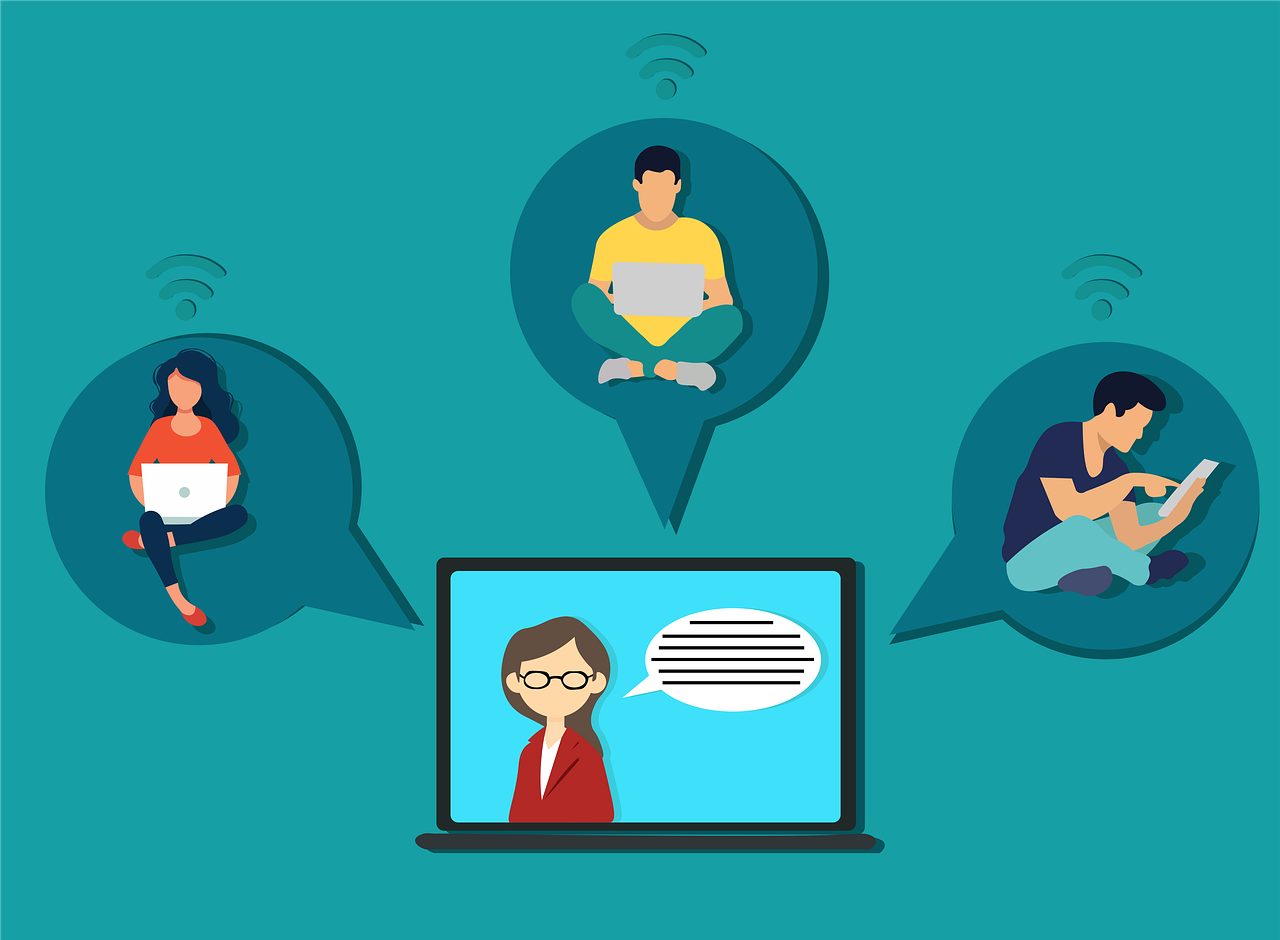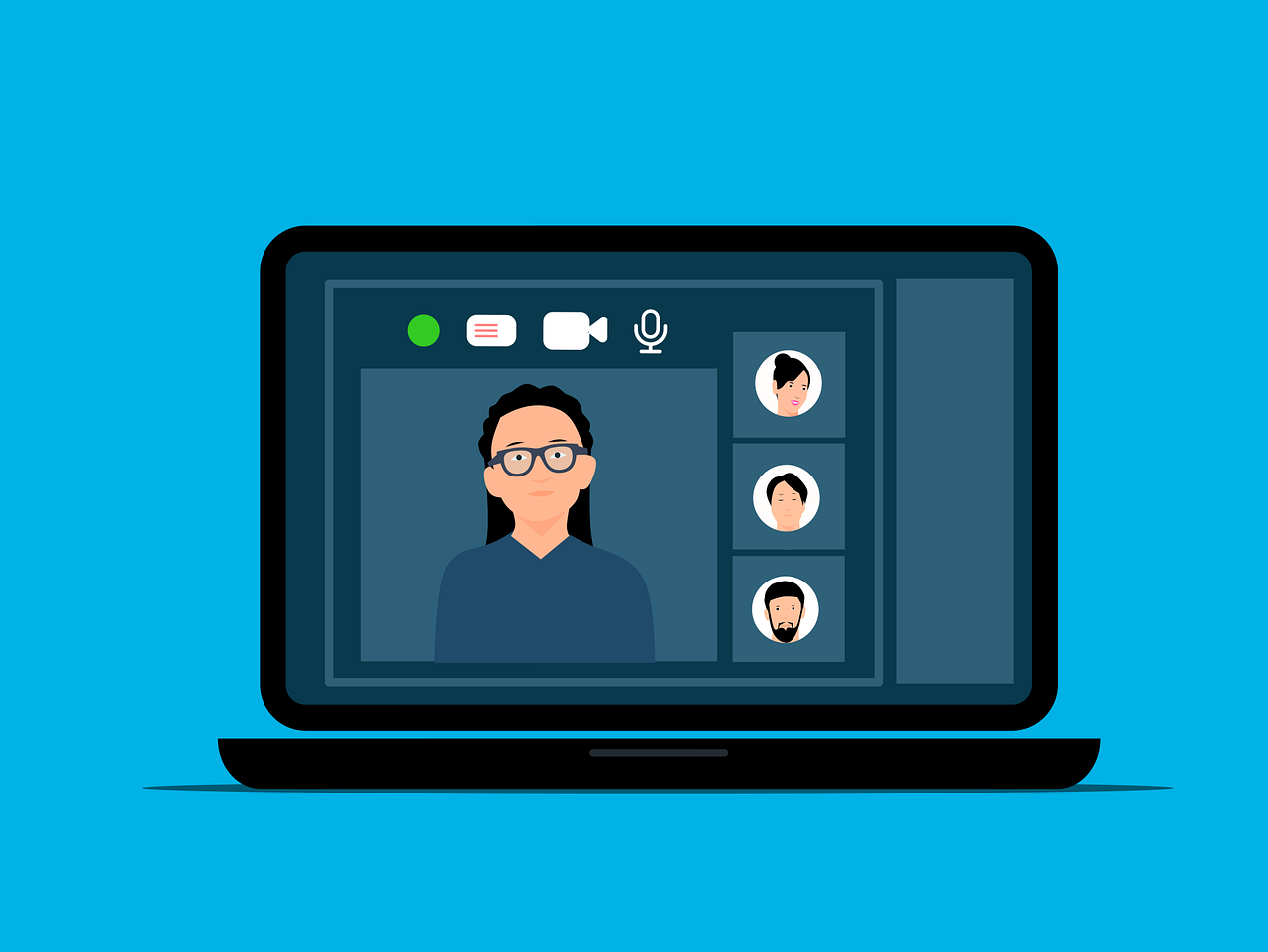Webinars and podcasts are two great ways to build your target audience and grow your business.
In fact, 53% of marketers say webinars are one of their best ways to generate new leads. As for podcasts, it’s estimated that there will be over 504 million regular listeners by the end of 2024.
Shocking, right?
These statistics send a clear message to marketers and brand leaders across all industries – content marketing is evolving. Webinars and podcasts are two proven strategies that make it easy for businesses to attract and maintain an audience.
However, you should know that despite these methods seeming similar, they are actually quite different. While they both have distinct use cases, our experience indicates that one is capable of driving more brand engagement than the other.
In this blog post, we will compare and contrast webinars and podcasts, show you use cases for both, and help you decide what’s best for your brand.
Webinars vs podcasts: what are the differences?
The first thing we are going to do is take a look at the key differences between podcasts and webinars. This will help you understand their strengths and weaknesses, which may help you decide which is best for your business, specifically content marketing strategies.
Video vs. audio
The biggest difference between these two types of media is their format. Webinars are always videos, while podcasts are typically audio.
On one hand, this makes podcasts somewhat easier to record and host because listeners will only hear your voice. For some businesses, this is a practical way to discuss industry news and conduct interviews. However, you lose out on the magic of video content.
A whopping 88% of marketers who have tried video content say it delivers a positive return on investment. We believe there are many different reasons for this, but one of the main ones is that video is more engaging.
People tend to multitask when listening to podcasts, while webinars are more involved due to how they are formatted.
In contrast, people like to sit with headphones on and watch a live event. They want to experience all of the benefits that come with being there from the moment it starts. That’s why sending webinar invitation reminders is an important part of boosting your attendance rate.
Live vs. pre-recorded
Another distinct difference between webinars and podcasts is how they are aired, which is live and pre-recorded. The former is typically a live event that warrants an eye-catching webinar invitation and hype leading up to the show.
In contrast, podcasts usually air pretty regularly and may have a specific time that they’re available, but they are generally not recorded live. Don’t get us wrong, podcasts are still promoted on social media and through email, but not in quite the same way.
People are more willing to get excited, free up their schedule, and join a waiting list if there’s a live event. But for podcasts, people tend to listen to the pre-recorded shows at specific times, like when they’re driving to work.
It’s worth mentioning that both webinars and podcasts can be cataloged and turned into evergreen content. The bottom line is whether you’re hosting a webinar or a podcast, make sure you record it so you can add it to your website and upload it to YouTube.
Real-time engagement vs. engagement over time
Next, let’s talk about the engagement that comes with webinars and podcasts.
Webinars are a terrific way to speak directly to the people who are most interested in your products, services, and brand – which makes them a clear winner in this category. With webinars, you can host a Q&A session at the end of each event to answer questions or address objections.
You can also use webinars to show off your products. These demo webinars — or deminars — let users see what you’re selling in action and ask questions and thus give you a better chance of boosting sales.
Many podcast hosts encourage their audience to send in questions before the show so they can get to them while it’s being recorded. While this is similar to what you can do with a webinar, it just doesn’t have the same impact as a live, in-the-moment question.
The difference is that once a live webinar is over, engagement comes screeching to a halt. For podcasts, they see engagement over time since people tend to get to the show at different intervals.
In-depth vs. casual conversations
The next topic we want to talk about is the intent of webinars vs. podcasts. The easiest way to explain it is this: webinars are hyper-specific and designed to get attendees to take a specific action.
They are usually made to teach attendees about a particular topic, promote a product, or answer questions from the audience. Podcasts are like a broad net that’s designed to slowly pull people in over time and get them invested in your brand.
They may talk about a specific industry or niche but are more conversational and essentially a type of entertainment. They often cover topics like industry news and host interviews with other experts.
Both offer their own flavor of engagement but webinars are better at driving sales conversions since marketing can be built into the presentation itself.
Email vs. social media marketing
Both of these types of content can easily be promoted broadly on social media. Over 4.62 billion people use sites like YouTube, Facebook, and Instagram every day. Regardless of your industry or content, here’s a good chance you can find your audience with this type of outreach.
Here’s where things get different. If someone decides to sign up, you’ll need to send an invitation email so they can officially sign up and get notified as it gets closer. Since podcasts are mostly pre-recorded and don’t typically have lists, this isn’t a normal practice.
As a result, you’ll need to spend a little extra time coming up with webinar invitation subject lines that catch your new subscribers’ attention and convince them to take action.
Webinars vs podcasts: use cases
Now that you know some of the key differences between these two marketing strategies, let’s look at a few examples that show when you should use podcasts vs webinars.
Webinar use cases
1. Presenting a demo of a product or service. Webinars allow you to take your audience on a guided tour of your product or service. This is the perfect time to highlight key features, functionalities, and real-world applications. All of this means you can help attendees understand your value proposition, which is bound to ignite curiosity and ultimately drive conversions.
2. Introducing a new product or feature. You can generate excitement for your latest product or update with an eye-catching webinar. Captivate your audience with a live presentation and show them how you hope your product will change their lives for the better. This strategy will help you secure pre-sales, gather valuable feedback, and enhance brand awareness.
3. Build rapport with your community. About 91% of people say they want to see more interactive content. Webinars are an interactive format that allows you to address their specific needs, answer questions in real time, and establish yourself as a trusted resource. You can use this opportunity to build rapport with existing customers and earn the trust of first-time visitors.
4. Teaching relevant industry skills. Webinars can help you empower your audience by teaching them valuable industry skills. For example, a lead generation SaaS may decide to host a webinar where they teach visitors 10 easy ways to grow their email list. If people find value in your advice, you can bet that they will turn to you in the future if they want to learn something new.
Podcast use cases
1. Curated news and updates. Delivering curated news, insights, and analysis directly to your listeners is a great way to convince people that you’re a go-to resource in your industry. Over time, you can become their trusted source and help your listeners make informed decisions. This not only establishes your brand as a thought leader but also fosters loyalty and engagement as listeners rely on you.
2. Interviews with industry experts. Interviewing experts is a terrific way to promote new and interesting perspectives on your show. If the person is well-known, this strategy can also build social proof for your podcast. If someone follows your guest, there’s a good chance they will discover your podcast and their trust in the guest will transfer to your show.
3. Build a loyal audience. If you want to build a dedicated audience, podcasts can help. All you have to do is let your personality shine and deliver valuable and interesting information. Brands across all industries use podcasts as a way to expand their reach and boost sales.
Bottom line: which drives more engagement?
Webinars and podcasts offer valuable tools for audience engagement and brand growth.
Podcasts are a great way to build long-term brand loyalty and nurture a community. The conversational format is a great way to build a connection with your audience and learn more about their goals, needs, and pain points.
With that in mind, webinars take the crown when it comes to driving immediate, high-impact engagement. Their live, interactive nature fosters real-time connections, which ultimately translate into more conversions and sales.
You can use webinars to sell existing products, secure pre-sales for things that haven’t been released, and grow multiple lead lists so you have more opportunities to connect with attendees in the future.
Both podcasts and webinars have a place in business but which one you choose will ultimately depend on your long-term goals and target audience. If you want to experience an engaging webinar for yourself then watch our on-demand demo!


Author bio: Syed Balkhi is the founder of WPBeginner, the largest free WordPress resource site. With over 10 years of experience, he’s the leading WordPress expert in the industry. You can learn more about Syed and his portfolio of companies by following him on his social media networks.








